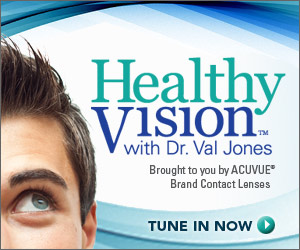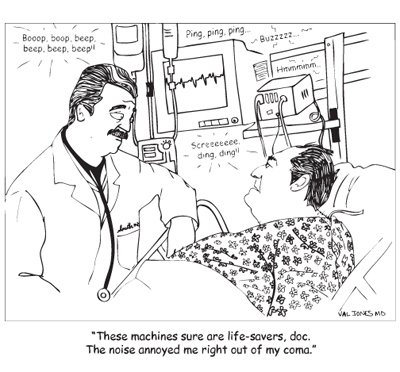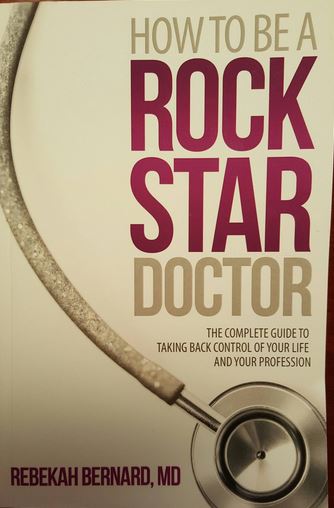July 25th, 2011 by Edwin Leap, M.D. in Opinion
No Comments »

For years now, we’ve all heard the drum-beat. Bill-boards in cities have proclaimed it. Various medical associations have touted it’s importance. Stroke symptoms have to be treated immediately! Give clot-busting drugs, also known as ‘thrombolytics!’
Until, of course, those in favor of giving the drugs (namely neurologists) realized that a) Not everyone with a stroke, aka ‘brain attack’ has insurance and b) people have a very inconsiderate habit of having said strokes at the most inconvenient of hours. For instance, after 5PM, on the weekend, on holidays. The nerve!
So across the country, physicians in emergency departments like mine are finding themselves expected by the court of public opinion to give a potentially dangerous drug (albeit a sometimes useful drug) without any neurologist being available to evaluate the patient. Our emergency department thought we had a tele-medicine link; even that has failed, as nearby physicians in our regional referral center don’t feel keen to take responsibility for our patients. Our own neurologists, of course, have Read more »
*This blog post was originally published at edwinleap.com*
April 16th, 2009 by eDocAmerica in Better Health Network
No Comments »
Stroke is a major cause of disability and death in the U.S. and worldwide. Modern medicines like statins (and old ones like aspirin) are helpful in preventing both initial and secondary stroke in patients at risk. But, are there simple things you can do to lower risk?
Yes, you say! Well, indeed, you are correct. Twenty thousand men and women (age range, 40–79) without histories of stroke or heart attack were recently analysed in the U.K. for the effect of 4 simple behaviors: not smoking, regular physical activity, moderate alcohol intake (1–14 drinks weekly), and high fruit and vegetable intake .
Patients engaging in 3 or 4 of the activities were significantly less likely (2 times!) to suffer a stroke over the next decade. Patients who slipped up a bit and only did 1 or 2 of the activities did have significant stroke risk, though not quite as much as those who sat on the sideline and engaged none of the behaviors.
So, grab the baton and step up to prevent stroke. As always, questions and comments are welcome.
*This blog post was originally published by Jerome Ecker, MD at the eDocAmerica blog.*











